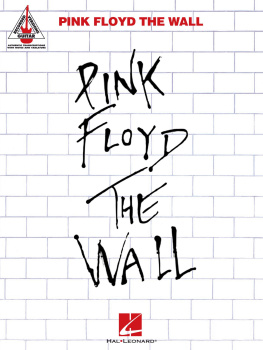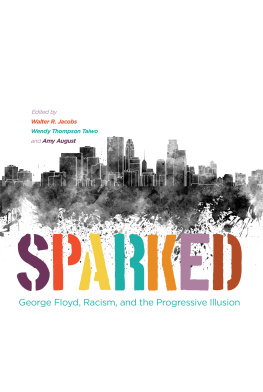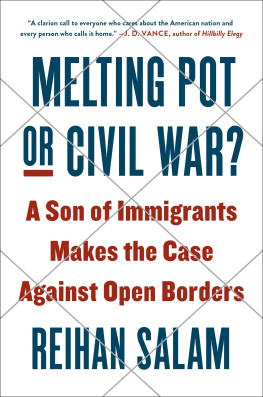Shemon Salam - The Revolutionary Meaning of the George Floyd Uprising
Here you can read online Shemon Salam - The Revolutionary Meaning of the George Floyd Uprising full text of the book (entire story) in english for free. Download pdf and epub, get meaning, cover and reviews about this ebook. year: 2021, publisher: Daraja Press, genre: Politics. Description of the work, (preface) as well as reviews are available. Best literature library LitArk.com created for fans of good reading and offers a wide selection of genres:
Romance novel
Science fiction
Adventure
Detective
Science
History
Home and family
Prose
Art
Politics
Computer
Non-fiction
Religion
Business
Children
Humor
Choose a favorite category and find really read worthwhile books. Enjoy immersion in the world of imagination, feel the emotions of the characters or learn something new for yourself, make an fascinating discovery.

- Book:The Revolutionary Meaning of the George Floyd Uprising
- Author:
- Publisher:Daraja Press
- Genre:
- Year:2021
- Rating:4 / 5
- Favourites:Add to favourites
- Your mark:
- 80
- 1
- 2
- 3
- 4
- 5
The Revolutionary Meaning of the George Floyd Uprising: summary, description and annotation
We offer to read an annotation, description, summary or preface (depends on what the author of the book "The Revolutionary Meaning of the George Floyd Uprising" wrote himself). If you haven't found the necessary information about the book — write in the comments, we will try to find it.
Shemon Salam: author's other books
Who wrote The Revolutionary Meaning of the George Floyd Uprising? Find out the surname, the name of the author of the book and a list of all author's works by series.
The Revolutionary Meaning of the George Floyd Uprising — read online for free the complete book (whole text) full work
Below is the text of the book, divided by pages. System saving the place of the last page read, allows you to conveniently read the book "The Revolutionary Meaning of the George Floyd Uprising" online for free, without having to search again every time where you left off. Put a bookmark, and you can go to the page where you finished reading at any time.
Font size:
Interval:
Bookmark:
with a contribution from
Atticu Bagby-Williams

https://darajapress.com
Published in East Africa by
Zand Graphics Ltd
https://zandgraphics.com
Images: XXXX
ISBN 9781988832968 (PDF)
A pamphlet in the Thinking Freedom Series and the Moving Beyond Capitalism Now! Series
(softcover) | ISBN 9781988832968 (PDF)
century. | LCSH: Civil rights movementsUnited StatesHistory21st century. | LCSH: African
AmericansSocial conditions21st century. | LCSH: United StatesRace relationsHistory21st
century. | LCSH: RacismUnited StatesHistory21st century. | LCSH: African AmericansViolence
against. | LCSH: Racial profiling in law enforcementUnited States. | LCSH: Police brutality
United States. | LCSH: Police shootingsUnited States.

Font size:
Interval:
Bookmark:
Similar books «The Revolutionary Meaning of the George Floyd Uprising»
Look at similar books to The Revolutionary Meaning of the George Floyd Uprising. We have selected literature similar in name and meaning in the hope of providing readers with more options to find new, interesting, not yet read works.
Discussion, reviews of the book The Revolutionary Meaning of the George Floyd Uprising and just readers' own opinions. Leave your comments, write what you think about the work, its meaning or the main characters. Specify what exactly you liked and what you didn't like, and why you think so.










